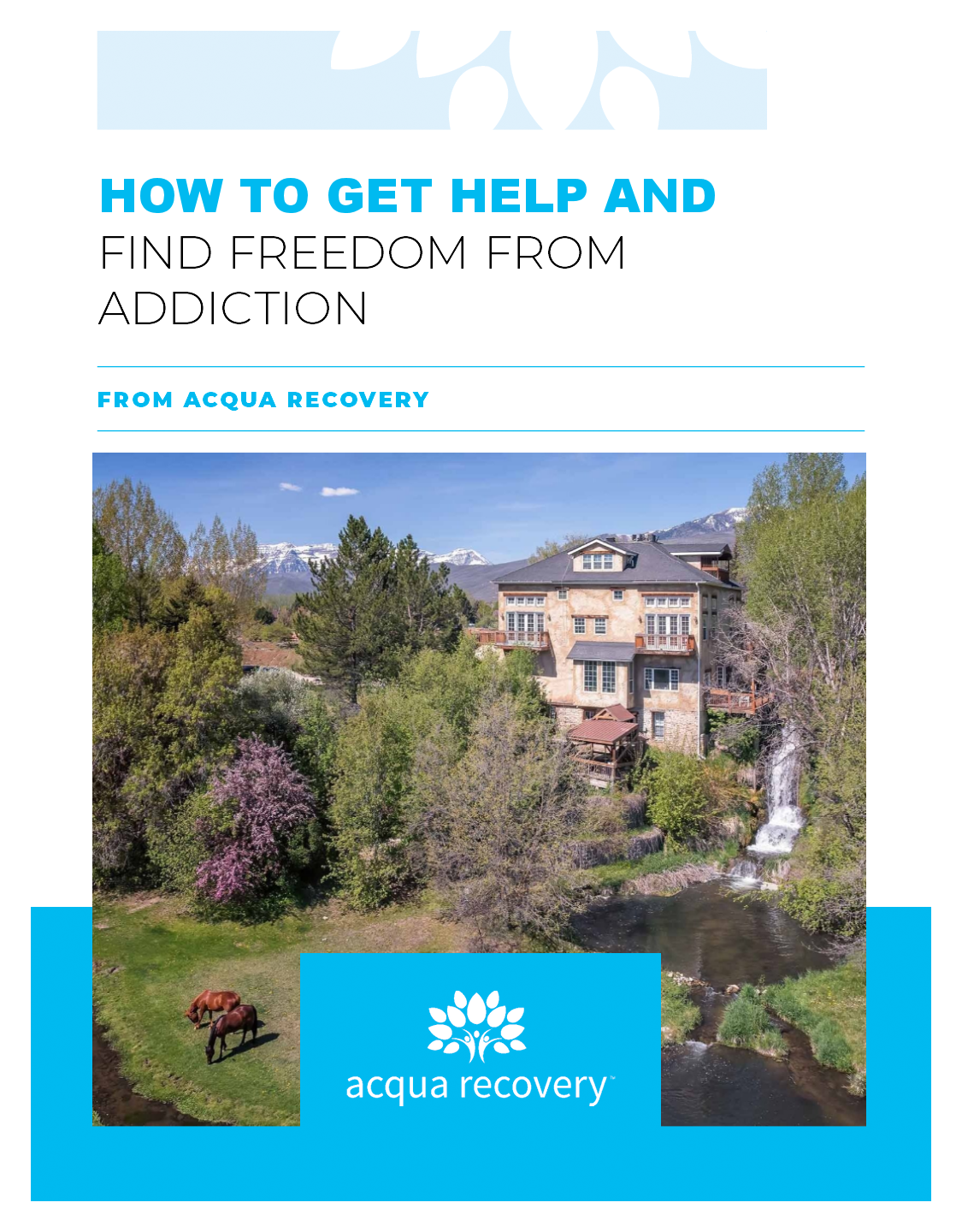Amphetamines and methamphetamines are both stimulant drugs that affect the central nervous system. While they both fall under the same category of drug, they differ greatly in their chemical composition, potency, medical uses, and potential health risks. As a result of these differences, they are unique in how they affect the body, not just for legitimate medical uses, but also recreationally.
Understanding the difference between amphetamines and methamphetamines can go a long way in not only determining addiction but also when it comes to effective and appropriate treatment options. In this blog, we will delve into the disparities between amphetamines and methamphetamines, exploring their chemical structures, potency, medical applications, side effects, and available treatment options, including the numerous treatment options offered at Acqua Recovery.
What Are the Differences Between Amphetamines and Methamphetamines?
While methamphetamines and amphetamines are similar in name, drug type, and even what they can be used to treat, there are a number of significant ways in which they differ.
One of the most significant ways they differ is how they are viewed in the eyes of the medical community, the FDA, and the government.
Both substances are considered Schedule II drugs, meaning they have a very high risk of abuse and addiction. However, amphetamines have many very important and legitimate medical uses. Amphetamines are often commonly prescribed to treat conditions such as attention-deficit hyperactivity disorder (ADD/ADHD) or narcolepsy.
Methamphetamines, on the other hand, are a street drug with no medical usage according to the FDA. Additionally, they are often cut with household substances such as drain cleaner, battery acid, paint thinner, or lighter fluid, all of which are very hard, if not impossible for the body to process, thus making methamphetamines even more dangerous on the body.
Below are some additional significant differences between amphetamines and methamphetamines:
As stimulant drugs, both amphetamines and methamphetamines are part of the same class of drugs. However, despite both being a stimulant drug with similar names, their chemical structure is different.
The difference in chemical structure is important because it’s the chemical makeup that influences the way both drugs affect the body.
Amphetamines primarily stimulate the release of neurotransmitters such as dopamine, norepinephrine, and serotonin, leading to increased alertness, energy, and focus. Methamphetamines, on the other hand, exhibit a more potent and prolonged action due to their enhanced ability to cross the blood-brain barrier, resulting in heightened euphoria and intensified stimulant effects.
One of the key distinctions between amphetamines and methamphetamines lies in their potency and how long the effects last.
Methamphetamines are typically more potent than amphetamines, meaning they have a stronger effect at lower doses. This increased potency contributes to the higher risk of addiction and overdose associated with methamphetamine use. Additionally, amphetamines generally have a shorter half-life and duration of action compared to methamphetamines. While the effects of amphetamines may last for several hours, methamphetamines can exert their stimulant effects for much longer periods, sometimes up to 12 hours or more, depending on several factors including how it was ingested.
As we mentioned above, amphetamines, while highly susceptible to abuse and addiction from recreational use, also have many valuable medical uses. In fact, amphetamines such as Ritalin, Adderall, and Vyvanse are widely prescribed to those suffering from ADD and ADHD. In addition, amphetamines have also proven to be effective in treating conditions such as narcolepsy and even obesity.
Conversely, methamphetamines, more commonly known as meth, have very few legitimate medical uses and are not FDA-approved to medically treat any conditions. However, despite the lack of FDA approval, methamphetamines are rarely prescribed to treat certain cases of ADHD and obesity where other medications have proven ineffective.
As is the case with all drugs, both legal and illegal, amphetamine and methamphetamine use comes with the potential for side effects, some of which can be particularly dangerous if not addressed immediately.
Common side effects associated with amphetamine use include, but are not limited to:
- Increased heart rate
- Elevated blood pressure
- Insomnia
- Decreased appetite
- Irritability
- Anxiety
- Nausea
- Psychosis
- Swelling of blood vessels
- Heart issues
Common side effects associated with methamphetamine use include, but are not limited to:
- Itching
- Weight loss
- Restlessness
- Stomach issues
- Headaches
- Dry mouth
- Constipation
- Sleep issues
- Loss of appetite
While in some cases the side effects associated with amphetamines can be severe, they typically tend to be more on the mild side. Conversely, the side effects of methamphetamines tend to be more pronounced and can have devastating consequences. In addition to the side effects listed above, prolonged methamphetamine use can cause major mental and physical ailments such as:
- Severe dental issues (ie meth mouth)
- Seizures
- Aggressive behavior
- Slurred speech
- Uncontrollable shaking
- Pounding heartbeat
- Changes in vision
- paleness or blue color of fingers or toes
- pain, burning, or tingling in the hands or feet
- unexplained wounds appearing on fingers or toes
- Hallucinations
- Mania
- Paranoia
- Neurological damage
If you or a loved one is experiencing extreme or dangerous side effects as a result of taking amphetamines or methamphetamines, regardless of if they are prescribed or not, it is important to call 911 or a medical professional immediately.
Treatment for Amphetamine and Methamphetamine Addiction

Before we get into treatment methods for amphetamine or methamphetamine addiction, it’s important to be able to recognize the signs of addiction for both substances so that you or a loved one can get treatment immediately.
Signs and Symptoms of Addiction
Some signs to be on the lookout for that may indicate amphetamine or methamphetamine abuse or addiction include:
- Dizziness
- Memory loss
- Impulsive behaviors
- Headaches
- Hostility or aggravation
- Exhaustion
- Diarrhea
- Constipation
- Irritability
- Changes in sleep patterns
- Weight loss
- Anxiety
- Nervous or even paranoid behavior
- Sagging skin
- Severe tooth decay or loss
- Hyperactivity
- High-risk behavior
- Skin sores
If you or a loved one is experiencing one or more of the above signs or symptoms it may be an indication of amphetamine or methamphetamine abuse or addiction. Entering into treatment for either can not only increase the chances of recovery, it can also prevent one or multiple of the above symptoms from worsening to the point where symptoms become untreatable.
Treatment Options
Effective treatment for amphetamine and methamphetamine addiction typically involves a comprehensive approach that addresses the physical, psychological, and social aspects of substance abuse.
The first step in the recovery process is detoxification or detox. Detox is done in order to rid the body of all the harmful substances that are in it in order for both the brain and body to begin the healing process. When detoxing, especially when it comes to amphetamines and methamphetamines, it is important to do so under the care and supervision of trained medical professionals. The side effects and symptoms commonly associated with the detox process can be uncomfortable and even dangerous in some situations. By undergoing medical detox you have access to around-the-clock monitoring and care to help make the process more safe and comfortable. Detoxing can be done at either a local medical facility, a dedicated detox center, or a treatment center that also offers detox services.
Once detox has been completed, then the traditional treatment process can begin. Whether you choose inpatient or outpatient treatment, the treatment process at Aqua Recovery is individualized to fit each person and their unique needs.
Treatment typically involves a number of different therapies designed to help those in treatment better understand the factors that led to the development of their amphetamine or methamphetamine addiction. From there they develop coping skills and learn how to live a sober life moving forward.
Some of the therapies we offer at Aqua Recovery include:
- Individual and Group Therapy
- Family Therapy
- Cognitive Behavioral Therapy
- Dialectical Behavioral Therapy
- Eye Movement Desensitization and Reprocessing
In addition to these more traditional therapies, we also offer experiential and holistic modalities such as adventure therapy, mindfulness practices, and nutritional counseling to enhance overall well-being and support recovery.
Learn More About the Difference Between Amphetamines and Methamphetamines at Acqua Recovery

Amphetamines and methamphetamines may share some similarities as stimulant drugs, but they differ significantly in their chemical composition, potency, medical uses, side effects, and addictive potential. Understanding these distinctions is essential for recognizing the risks associated with substance abuse and seeking appropriate treatment options.
At Acqua Recovery, we are committed to helping individuals overcome amphetamine and methamphetamine addiction through personalized treatment plans and holistic interventions that address the underlying factors contributing to substance abuse. With our comprehensive approach to recovery, clients can build the skills and resilience needed to embrace a healthier, substance-free lifestyle and reclaim control of their lives.
For more information on treatment for amphetamine or methamphetamine addiction, or to get started on your road to recovery, contact us today.











